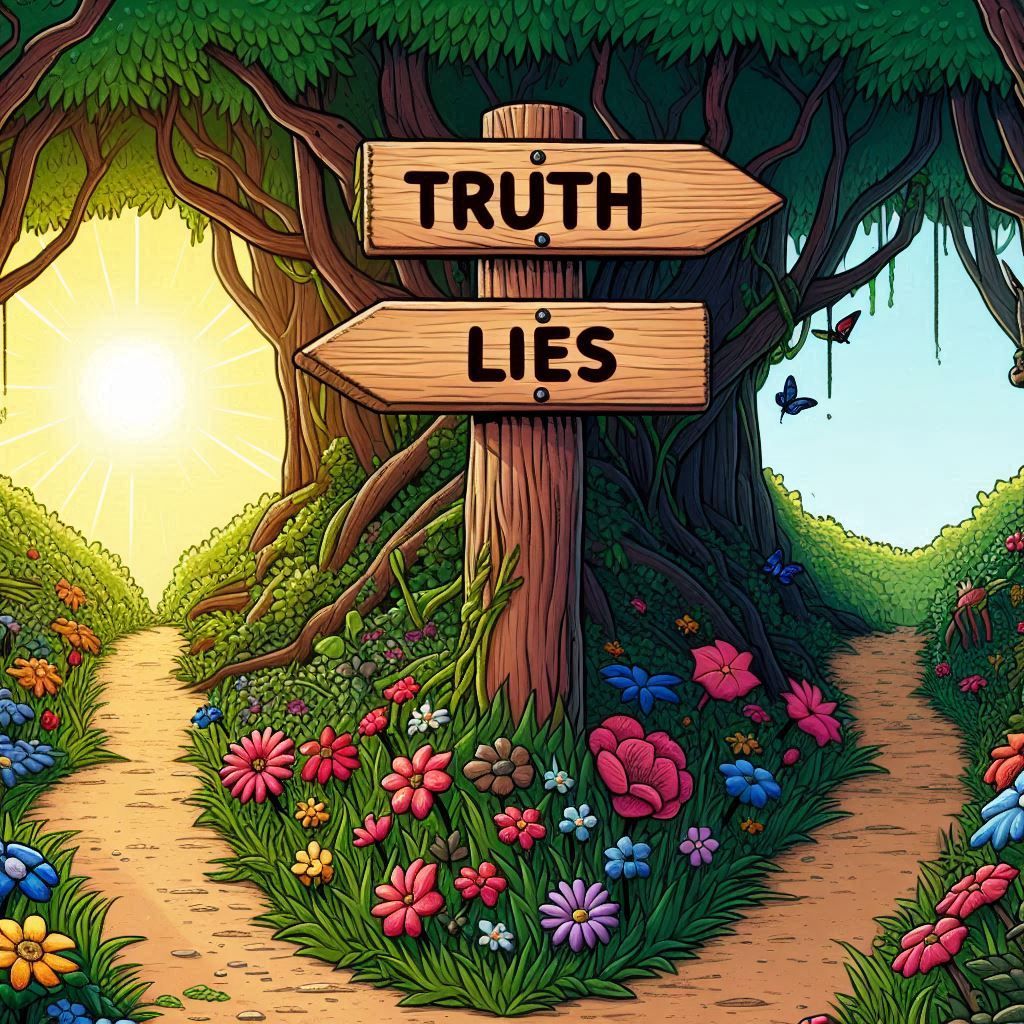
For a very long time, dietary fat was demonised as the primary cause of obesity and heart disease, however, studies have shown that healthy fats are an essential part of a balanced diet and sugar, and refined carbohydrates are more significant contributors to these issues.
The idea that everyone needs to drink eight glasses of water daily also has no scientific basis as water needs vary based on individual factors like diet, climate, and activity levels.
The common belief that cracking knuckles causes arthritis has been debunked by studies which show there is no direct link between the two.
Carrots do not improve night vision despite the myth which originated from WWII propaganda saying it does. It has been proven that while carrots contain vitamin A, which is good for eye health, they do not significantly improve night vision.
Neuroscience has shown that we use virtually all parts of our brain, and different tasks require activity across regions, debunking the belief that we only use 10% of our brains.
Lightning can, and often does, strike the same place multiple times, particularly in areas with high structures like tall buildings or mountains, contradicting the saying, ‘Lightning never strikes the same place twice.’
The iconic image of Vikings wearing horned helmets is a myth. There is no evidence that they wore such helmets; this image was popularised by 19th-century artists and costume designers.
Thomas Edison improved the light bulb and made it commercially viable, but he did not invent it. Several inventors, including Humphry Davy and Joseph Swan, contributed to the development of the electric light bulb.
The Great Wall of China
is not visible from space with the naked eye. This myth persists despite being
debunked by astronauts and scientists.
The belief that Napoleon Bonaparte was very short is a misconception as he was around 5’6” to 5’7” which was an average height for his time.
Throughout history, we have clung to untruths—ideas and practices perpetuated by tradition, authority, or simply the absence of better information. The Earth was once flat, leeches were once medical panaceas, and heavier-than-air flying machines were deemed impossible. Why do these untruths endure? The answer lies in the comfort of familiarity, the trust in authority figures, and the often-slow dissemination of new knowledge.
The transformation from untruth to truth is a process often marked by resistance. When Galileo proposed that the Earth revolves around the Sun, he faced fierce opposition from the established Church. It took decades of evidence and the gradual accumulation of supporting observations for his heliocentric model to gain acceptance. The journey from misconception to understanding is rarely swift or smooth, but it is a journey propelled by curiosity, scepticism, and the relentless pursuit of knowledge.
Ironically, one of the most persistent untruths is the belief that formal education is the only legitimate path to knowledge, and therefore success in life. Schools and universities are invaluable institutions that structure learning and provide foundational knowledge. However, they are not the sole bastions of education. Learning is a lifelong process that transcends the walls of any classroom.
Online courses, instructional videos, forums, and digital libraries open doors to self-directed learning. Individuals can pursue interests, develop skills, and gain expertise outside traditional educational frameworks. This democratisation of knowledge empowers people to learn continuously, adapt to changing circumstances, and innovate.
Historically, some of the greatest minds were self-taught or learned outside formal institutions. Thomas Edison, one of the most prolific inventors, had only a few months of formal schooling. His relentless curiosity and self-directed experiments led to groundbreaking inventions that shaped the modern world. Similarly, Ada Lovelace, who is considered the first computer programmer, combined her self-taught interests in mathematics and poetry to envision the capabilities of computers long before they existed.
Steve Jobs, the co-founder of Apple Inc., is one of the most famous school dropouts in history. Jobs attended Reed College for just one semester before dropping out. However, he continued to audit classes that interested him, such as calligraphy, which later influenced the design of Apple’s typography.
Jobs co-founded Apple in 1976 with Steve Wozniak in his parents' garage. Under his leadership, Apple revolutionized the technology industry with products like the Macintosh, iPod, iPhone, and iPad. Jobs' vision for design and innovation not only transformed Apple into one of the most valuable companies in the world but also reshaped entire industries, including computing, music, and telecommunications.
Bill Gates, the co-founder of Microsoft, dropped out of Harvard University to start his own software company. Gates left Harvard in 1975 after two years, driven by his belief in the potential of personal computers and his desire to create software for them.
Together with his
childhood friend Paul Allen, Gates founded Microsoft, which would go on to
dominate the software industry with its MS-DOS operating system and later with
Microsoft Windows. Gates’ strategic vision and business acumen helped make
Microsoft a cornerstone of the modern computer age. Beyond his business
success, Gates has become a prominent philanthropist, dedicating much of his
wealth to global health, education, and development initiatives through the
Bill & Melinda Gates Foundation.
Mark Zuckerberg, the co-founder and CEO of Facebook, also dropped out of Harvard University. Zuckerberg launched "The Facebook" from his dorm room in 2004 during his sophomore year, quickly gaining popularity among college students.
Recognising the potential of his creation, Zuckerberg left Harvard to focus on growing the social networking site. Facebook has since become a global phenomenon, connecting billions of people worldwide. Under Zuckerberg’s leadership, Facebook expanded its services and acquired other major platforms like Instagram and WhatsApp. His decision to drop out of school to build Facebook has had a profound impact on how people connect and communicate in the digital age.
Richard Branson, the founder of the Virgin Group, left school at the age of 16 due to dyslexia and poor academic performance. Branson started his first business, a magazine called "Student", while still in school. After leaving school, he founded a mail-order record business, which eventually grew into Virgin Records.
Branson's entrepreneurial spirit led him to create the Virgin Group, which now encompasses over 400 companies in various industries, including music, airlines, telecommunications, and space travel. Known for his adventurous spirit and willingness to take risks, Branson has become one of the most successful and recognisable entrepreneurs in the world.
Oprah Winfrey, the media mogul and philanthropist, faced numerous challenges on her path to success, including dropping out of Tennessee State University to pursue a career in media. Winfrey started as a news anchor and eventually launched "The Oprah Winfrey Show", which became the highest-rated talk show in television history.
Oprah's influence extends far beyond her talk show. She has built a media empire that includes a television network (OWN), a production company (Harpo Productions), and a magazine. Known for her philanthropy and advocacy for education, Oprah has made a significant impact on millions of lives through her charitable work and inspirational presence.
These individuals demonstrate that leaving traditional education does not preclude success. Their stories illustrate how passion, perseverance, and innovative thinking can lead to extraordinary achievements, reshaping industries and inspiring millions worldwide.
In conclusion, while we may hold onto untruths out of tradition or comfort, the pursuit of truth and knowledge is a dynamic process that often challenges the status quo. By embracing diverse forms of education and recognising the value of lifelong learning, we can continue to evolve, innovate, and uncover the truths that shape our understanding of the world.


